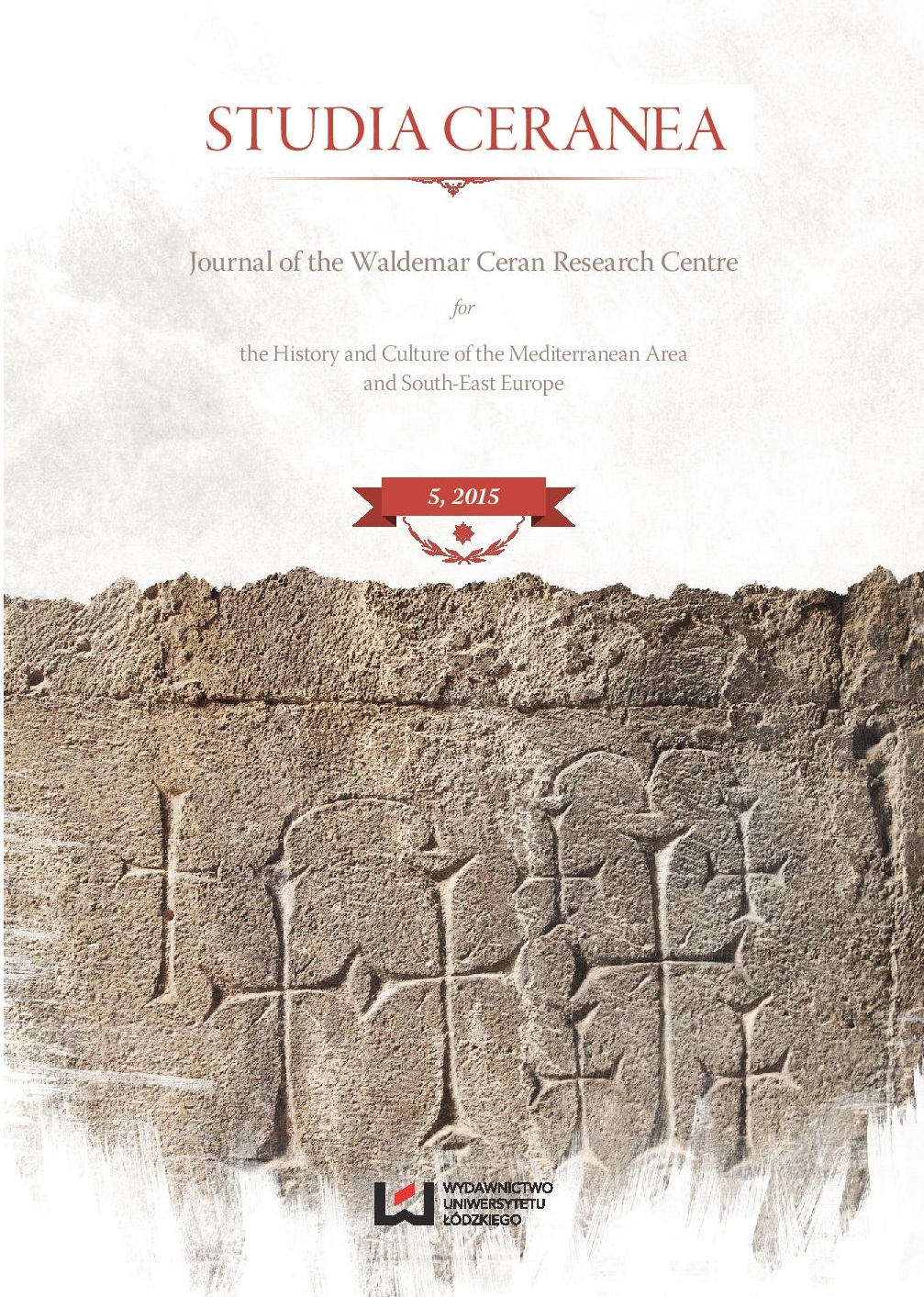The Christian Nubia and the Arabs
The Christian Nubia and the Arabs
Author(s): Małgorzata Martens-CzarneckaSubject(s): Archaeology, Cultural history, History of Church(es), Visual Arts, Ancient World
Published by: Wydawnictwo Uniwersytetu Łódzkiego
Keywords: Nubia; early Church;early Christianity; Byzantium; Christian Church; Nobadia; Makuria
Summary/Abstract: Nubia constituted the area in the Nile Valley in the present day Sudan, the area which spread from the first cataract up to the place where the White Nile meets the Blue Nile. The area was inhabited by the population using a common language – Old Nubian. In the second half of the sixth century thanks to the missions send by the Byzantine Court, Nubia accepted Christianity as a state religion. Nubia immediately found itself in the area of influence of Byzantine culture. Byzantine administration, liturgy of the Eastern Church and the Greek language were introduced. In 641 the Arab conquest of Egypt took place. Soon after that in 642, the Arab army entered the Nubian territory and from this date centuries of clashes and peace treaties characterized relations between Nubians and Arab peoples. The 13th century marks slow decline of the kingdom of Nubia. Hostile Negro tribes from the South and South-West appear in the Mid Valley of Nile. Fights weaken the kingdom; slow islamization of the country follows, royal rule and Christian faith falls and together with those culture and arts deteriorates. The history of military as well as political or commercial Nubian–Arabic contacts over entire period of existence of Christian kingdom of Nubia undoubtedly had to bring about certain artistic trends in Nubia originating from rich heritage of Muslim culture. The culture of Christian Nubia originally based to considerable extent on Byzantine art, in course of time, subjected to more and more intense Arabic influence, significantly changed. Arabic components seen in Nubian church architecture, wall painting and art crafts became predominant, which over following centuries led to creation of Arabic culture of the contemporary Sudan.
- Issue Year: 2015
- Issue No: 5
- Page Range: 249-265
- Page Count: 17
- Language: English

